martedì 31 luglio 2012
lunedì 30 luglio 2012
ONE THIRD BY KLAUS PICHLER
This project is about food waste and is dedicated to the workers of the global food industry.
STRAWBERRIES
Place of production: San Giovanni Lupatoto, Verona, Italy
Cultivation method: Foil green house * Time of harvest: June – October
Transporting distance: 741 km * Means of transportation: Truck
Carbon footprint (total) per kg: 0,35 kg * Water requirement (total) per kg: 348 l
Price: 7,96 € / kg
Cultivation method: Foil green house * Time of harvest: June – October
Transporting distance: 741 km * Means of transportation: Truck
Carbon footprint (total) per kg: 0,35 kg * Water requirement (total) per kg: 348 l
Price: 7,96 € / kg
Rotting food, arranged into elaborate still lifes, portrays an abstract picture of the wastage of food whilst the accompanying texts take a more in depth look at the roots of this issue.
‘One Third’ goes past the sell by date in order to document the full dimensions of the global food waste.
TOMATOES
Place of production: Albenga, Italy
Cultivation method: Foil green house * Time of harvest: All- season
Transporting distance: 1.035 km * Means of transportation: Truck
Carbon footprint (total) per kg: 0,31 kg * Water requirement (total) per kg: 215 l
Price: 0,89 € / kg
Cultivation method: Foil green house * Time of harvest: All- season
Transporting distance: 1.035 km * Means of transportation: Truck
Carbon footprint (total) per kg: 0,31 kg * Water requirement (total) per kg: 215 l
Price: 0,89 € / kg
FLOUR
Place of production: Chelyabinsk, Ural, Russia
Cultivation method: Factory production * Time of harvest: All- season
Transporting distance: 3.873 km * Means of transportation: Truck
Carbon footprint (total) per kg: 1,30 kg * Water requirement (total) per kg: 1854 l
Price: 0,99 € / kg
Cultivation method: Factory production * Time of harvest: All- season
Transporting distance: 3.873 km * Means of transportation: Truck
Carbon footprint (total) per kg: 1,30 kg * Water requirement (total) per kg: 1854 l
Price: 0,99 € / kg
ALMOND-COCO-PRALINES
Place of production: Stadtallendorf, Germany
Production method: Factory production * Time of production: All- season
Transporting distance: 795 km (final product), up to 12.000 km (ingredients) * Means of transportation: Ship, truck
Carbon footprint (transport) per kg: 1,06 kg * Water requirement (total) per kg: unknown
Price: 13 € / kg
Production method: Factory production * Time of production: All- season
Transporting distance: 795 km (final product), up to 12.000 km (ingredients) * Means of transportation: Ship, truck
Carbon footprint (transport) per kg: 1,06 kg * Water requirement (total) per kg: unknown
Price: 13 € / kg
BEEF
Place of production: Fladnitz an der Teichalm, Austria
Production method: Animal Farm * Time of production: All- season
Transporting distance: 124 km * Means of transportation: Truck
Carbon footprint (total) per kg: 13,33 kg * Water requirement (total) per kg: 5640 l
Price: 15,99 € / kg
Production method: Animal Farm * Time of production: All- season
Transporting distance: 124 km * Means of transportation: Truck
Carbon footprint (total) per kg: 13,33 kg * Water requirement (total) per kg: 5640 l
Price: 15,99 € / kg
ASPARAGUS (WHITE)
Place of production: Piura, Peru
Cultivation method: Outdoor plantation * Time of harvest: All- season
Transporting distance: 11.000 km (linear distance) * Means of transportation: Ship, truck
Carbon footprint (total) per kg: 0,47 kg * Water requirement (total) per kg: 2152 l
Price: 3,98 € / kg
Cultivation method: Outdoor plantation * Time of harvest: All- season
Transporting distance: 11.000 km (linear distance) * Means of transportation: Ship, truck
Carbon footprint (total) per kg: 0,47 kg * Water requirement (total) per kg: 2152 l
Price: 3,98 € / kg
OCTOPUS
Place of production: Indian Ocean near Colombo, Sri Lanka
production method: Fish trawler * Time of production: All- season
Transporting distance: 7.495 km * Means of transportation: Ship, truck
Carbon footprint (total) per kg: 5,62 kg * Water requirement (total) per kg: unknown
Price: 16,99 € / kg
production method: Fish trawler * Time of production: All- season
Transporting distance: 7.495 km * Means of transportation: Ship, truck
Carbon footprint (total) per kg: 5,62 kg * Water requirement (total) per kg: unknown
Price: 16,99 € / kg
WATER MELON
Place of production: Pilar de la Horadada, Alicante, Spain
Cultivation method: Outdoor plantantion * Time of harvest: June – August
Transporting distance: 2.442 km * Means of transportation: Truck
Carbon footprint (total) per kg: 0,54 kg * Water requirement (total) per kg: 1490 l
Price: 0,99 € / kg
Cultivation method: Outdoor plantantion * Time of harvest: June – August
Transporting distance: 2.442 km * Means of transportation: Truck
Carbon footprint (total) per kg: 0,54 kg * Water requirement (total) per kg: 1490 l
Price: 0,99 € / kg
ICE CREAM
Place of production: Vienna, Austria, ingredients from all over the world
Production method: Factory production * Time of production: All- season
Transporting distance: from 100 km (Hazelnuts) to 8.500 km (Bananas) * Means of transportation: Aircraft, ship, truck
Carbon footprint (total) per kg: unknown * Water requirement (total) per kg: unknown
Price: 10,50 € / kg
Production method: Factory production * Time of production: All- season
Transporting distance: from 100 km (Hazelnuts) to 8.500 km (Bananas) * Means of transportation: Aircraft, ship, truck
Carbon footprint (total) per kg: unknown * Water requirement (total) per kg: unknown
Price: 10,50 € / kg
BARBECUE SAUSAGE
Place of production: Herdecke, Germany
Production method: Factory production * Time of production: All- season
Transporting distance: 944 km * Means of transportation: Truck
Carbon footprint (total) per kg: 5,03 kg * Water requirement (transportation) per kg: 1 l
Price: 9,50 € / kg
FonteProduction method: Factory production * Time of production: All- season
Transporting distance: 944 km * Means of transportation: Truck
Carbon footprint (total) per kg: 5,03 kg * Water requirement (transportation) per kg: 1 l
Price: 9,50 € / kg
VIA
![clip_image001[4] clip_image001[4]](http://lh6.ggpht.com/-xUwa-pXxU-Y/T_HZetLShPI/AAAAAAABQL4/-F6ex7yz4bQ/clip_image001%25255B4%25255D_thumb%25255B1%25255D.jpg?imgmax=800) ‘carrots’
‘carrots’ place of production: tuvaila, arumeru, tanzania
cultivation method: outdoor plantation
time of harvest: all- season
transporting distance: 6.068 km
means of transportation: aircraft, truck
carbon footprint (total) per kg: 6,59 kg
water requirement (total) per kg: 24 l
price: 39,95 € / kg
![clip_image002[3] clip_image002[3]](http://lh6.ggpht.com/-PthC-c0N-8E/T_HZiGZcTQI/AAAAAAABQMM/pxQkKbLJi2Q/clip_image002%25255B3%25255D_thumb%25255B1%25255D.jpg?imgmax=800) ‘potatoes’
‘potatoes’ place of production: hevel modiin, israel
cultivation method: outdoor plantation
time of harvest: june – september
transporting distance: 2.471 km
means of transportation: ship, truck
carbon footprint (total) per kg: 0,38 kg
water requirement (total) per kg: 289 l
price: 1,25 € / kg
![clip_image003[3] clip_image003[3]](http://lh3.ggpht.com/-22PrBz6CLlo/T_HZl4OSAOI/AAAAAAABQMg/bs_CFpZ7uIE/clip_image003%25255B3%25255D_thumb%25255B1%25255D.jpg?imgmax=800) ‘jelly’
‘jelly’ place of production: karachi, pakistan
production method: factory production
time of production: all- season
transporting distance: 6.629 km
means of transportation: truck
carbon footprint (total) per kg: 1,95 kg
water requirement (total) per kg: 8 l
price: 23,40 € / kg
![clip_image004[3] clip_image004[3]](http://lh4.ggpht.com/-sK6PNHsqNaU/T_HZqAjODgI/AAAAAAABQM0/PYkisysPEug/clip_image004%25255B3%25255D_thumb%25255B1%25255D.jpg?imgmax=800) ‘pre- fried vegetable sticks’
‘pre- fried vegetable sticks’ place of production: reken, germany
production method: factory production
time of production: all- season
transporting distance: 1.030 km
means of transportation: refridgerated truck
carbon footprint (total) per kg: unknown
water requirement (total) per kg: unknown
price: 11,96 € / kg
![clip_image005[3] clip_image005[3]](http://lh6.ggpht.com/-F7po4OXAAL0/T_HZuBI8QBI/AAAAAAABQNI/J6CRczvvOzk/clip_image005%25255B3%25255D_thumb%25255B1%25255D.jpg?imgmax=800) ‘instant whipped cream’
‘instant whipped cream’ place of production: balmazujvaros, hajdu-bihar, hungary
production method: factory production
time of production: all-season
transporting distance: 460 km
means of transportation: truck
carbon footprint (total) per kg: 8,07 kg
water requirement (total) per kg: unknown
price: 0,99 € / kg
![clip_image006[3] clip_image006[3]](http://lh4.ggpht.com/-sCkvh00r4Og/T_HZx5GT3nI/AAAAAAABQNc/nJ1exFe6pg8/clip_image006%25255B3%25255D_thumb%25255B1%25255D.jpg?imgmax=800) left: ‘cherries’; place of production: santiago de chile, chile; cultivation method: outdoor plantation; time of harvest: november to december;
left: ‘cherries’; place of production: santiago de chile, chile; cultivation method: outdoor plantation; time of harvest: november to december; transporting distance: 12.500 km (linear distance); means of transportation: aircraft, truck; carbon footprint (total) per kg: 13,49 kg; water requirement (total) per kg: 1166 l; price: 3,90 € / kg
right (top): blackberries place of production: tuxpan, jalisco, mexico cultivation method: outdoor plantation; time of harvest: october – june;
transporting distance: 9.900 km; means of transportation: aircraft, truck; carbon footprint (total) per kg: 11,97 kg; water requirement (total) per kg: 40 l; price: 15,92 € / kg
right (bottom): ‘grapes’; place of production: trujillo, la libertad, peru; cultivation method: outdoor plantation; time of harvest: october – march;
transporting distance: 11.000 km; means of transportation: aircraft, truck; carbon footprint (total) per kg: 11,89 kg; water requirement (total) per kg: 652 l; price: 3,49 € / kg
![clip_image007[3] clip_image007[3]](http://lh6.ggpht.com/-7f84cksgmK0/T_HZ1twGS_I/AAAAAAABQNw/jbV5kp-taqY/clip_image007%25255B3%25255D_thumb%25255B1%25255D.jpg?imgmax=800) ‘pineapple’
‘pineapple’ place of production: guayaquil, ecuador
cultivation method: outdoor plantation
time of harvest: all- season
transporting distance: 10.666 km (linear distance)
means of transportation: aircraft, truck
carbon footprint (total) per kg: 11,94 kg
water requirement (total) per kg: 360 l
price: 2,10 € / kg
![clip_image008[3] clip_image008[3]](http://lh6.ggpht.com/-oJa0Yxeo2x8/T_HZ5AEQVDI/AAAAAAABQOE/27WKOftGLF0/clip_image008%25255B3%25255D_thumb%25255B1%25255D.jpg?imgmax=800) ‘eggs’
‘eggs’ place of production: kolontar, hungary
production method: factory production
time of production: all- season
transporting distance: 196 km
means of transportation: truck
carbon footprint (total) per kg: 5,82 kg
water requirement (total) per kg: 3061 l
price: 1,39 € / kg
![clip_image009[3] clip_image009[3]](http://lh4.ggpht.com/-89osJQNNYrg/T_HZ9mDQtEI/AAAAAAABQOY/Y3hiMTrsq3w/clip_image009%25255B3%25255D_thumb%25255B1%25255D.jpg?imgmax=800) ‘instant mashed potatoes’
‘instant mashed potatoes’ place of production: stavenhagen, germany
production method: factory production
time of production: all- season
transporting distance: 857 km
means of transportation: truck
carbon footprint (transport) per kg: 0,3 kg
water requirement (total) per kg: unknown
price: 6,60 € / kg
![clip_image010[3] clip_image010[3]](http://lh6.ggpht.com/-LZAL8BlC_MY/T_HaBI-0HHI/AAAAAAABQOs/Wo46WXy0tuQ/clip_image010%25255B3%25255D_thumb%25255B1%25255D.jpg?imgmax=800) ‘apple’
‘apple’ place of production: sao paolo, brazil
cultivation method: outdoor plantation
time of harvest: november – december
transporting distance: 10.150 km
means of transportation: aircraft, truck
carbon footprint (total) per kg: 11,05 kg
water requirement (total) per kg: 434 l
price: 1,69 € / kg
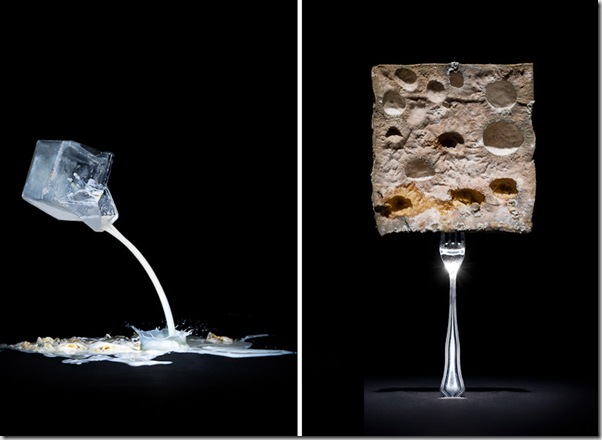 left: ‘milk’; place of production: knittelfeld, austria; production method: factory production; time of production: all- season; transporting distance: 202 km;
left: ‘milk’; place of production: knittelfeld, austria; production method: factory production; time of production: all- season; transporting distance: 202 km; means of transportation: truck; carbon footprint (total) per kg: 0,97 kg; water requirement (total) per kg: 488 l; price: 0,99 € / kg
right: ‘cheese’ place of production: signau, switzerland; production method: factory production; time of production: all- season; transporting distance: 871 km;
means of transportation: truck; carbon footprint (total) per kg: 8,65 kg; water requirement (total) per kg: 3646 l; price: 36 € / kg
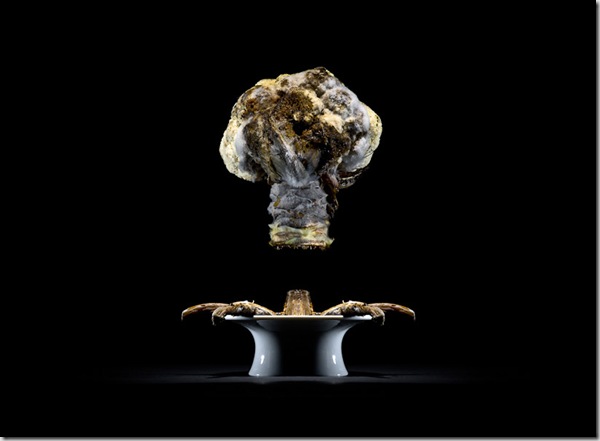 ‘cauliflower’
‘cauliflower’ place of production: finistere, bretagne, france
cultivation method: outdoor plantation
time of harvest: june – october
transporting distance: 1.784 km
means of transportation: truck
carbon footprint (total) per kg: 0,44 kg
water requirement (total) per kg: 295 l
price: 0,99 € / kg
Klaus Pichler has had no photographic education at all and he likes it this way. He is represented by Anzenberger Gallery and Galerie OPEN.
Klaus Pichler’s website
domenica 29 luglio 2012
OPTICAL ILLUSIONS AT SOUTH KOREA’S AWESOME TRICK EYE MUSEUMS
Planting a kiss on Mona Lisa’s cheek, riding the legendary Pegasus and even getting peed on by a baby, it’s all possible at one of South Korea’s Trick Eye Museums.
I’ve never been to Korea, but apparently people there, like the Japanese, love to take photos of themselves with cool stuff, so it’s no wonder they’ve created a bunch of tourist attractions where people can immortalize themselves doing the craziest things. They’re called “trick eye museums” and feature various well-executed trompe l’oeil (French for “deceive the eye) artworks that either look like they’re coming out of the frame, or that you’re stepping in. If you manage to get a shot from the right angle, you can get some really cool photos of yourself interacting with the paintings. Judging by the photos I’ve found, these places are lots of fun.
There are three popular trick eye museums in South Korea, one in Seoul, and two others, in Busan and on Jeju Island, each boasting an impressive number of fun optical illusions waiting to be discovered. But if you don’t like having your picture taken, you best stay away from these museums, because they don’t really offer anything but setups for funny photos. You can have your photo taken while preparing to be eaten by a giant four-headed serpent, launching an Angry Bird, riding a centaur or picking up a giant piece of sushi. If you love goofy photos, it really doesn’t get better than this. And don’t let the lack of a camera keep you from having a blast at a trick eye museum, as they all offer digital camera rentals for just $9.
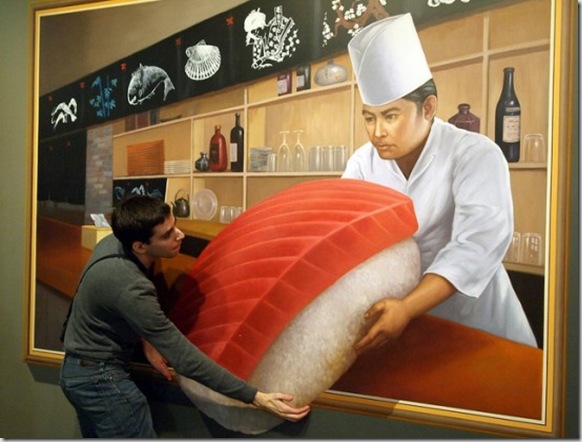 Photo: marichica88
Photo: marichica88
 Photo: marichica88
Photo: marichica88
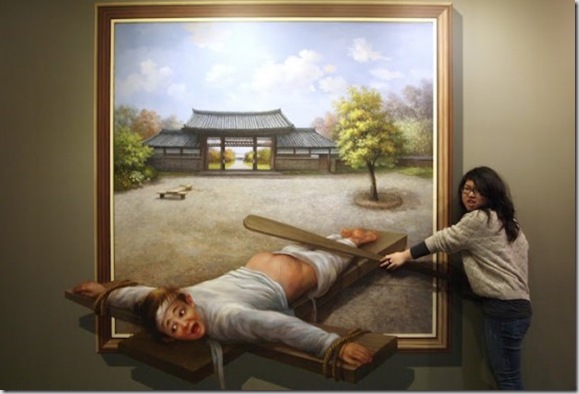 Photo: Epicurious Travels
Photo: Epicurious Travels
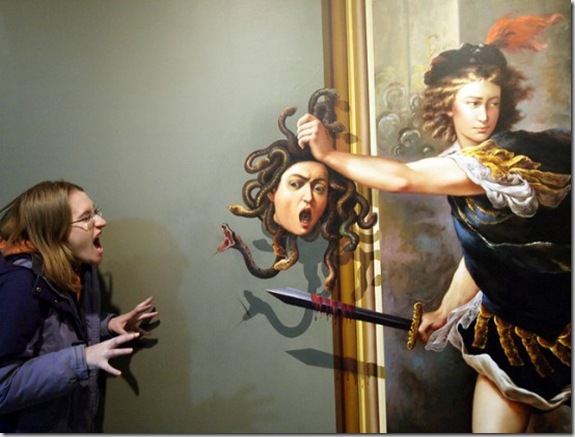 Photo: marichica88
Photo: marichica88
>>>
I’ve never been to Korea, but apparently people there, like the Japanese, love to take photos of themselves with cool stuff, so it’s no wonder they’ve created a bunch of tourist attractions where people can immortalize themselves doing the craziest things. They’re called “trick eye museums” and feature various well-executed trompe l’oeil (French for “deceive the eye) artworks that either look like they’re coming out of the frame, or that you’re stepping in. If you manage to get a shot from the right angle, you can get some really cool photos of yourself interacting with the paintings. Judging by the photos I’ve found, these places are lots of fun.
Photo: Busan for 91 Days
 Photo: marichica88
Photo: marichica88 Photo: marichica88
Photo: marichica88 Photo: Epicurious Travels
Photo: Epicurious Travels Photo: marichica88
Photo: marichica88
Etichette:
curiosità,
optical illusion art,
trick eye museums
Iscriviti a:
Post (Atom)
ShareThis
post<li>
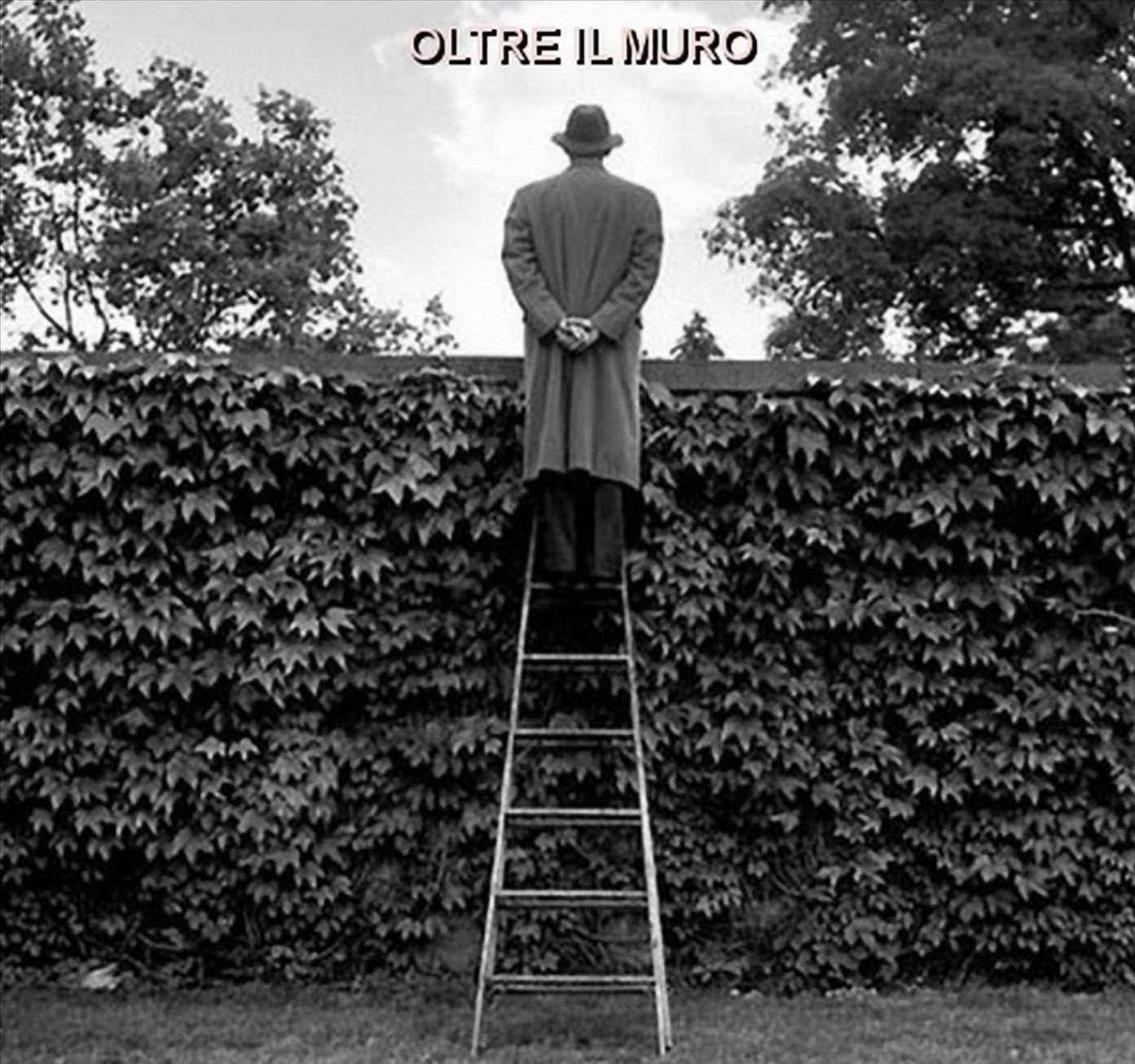
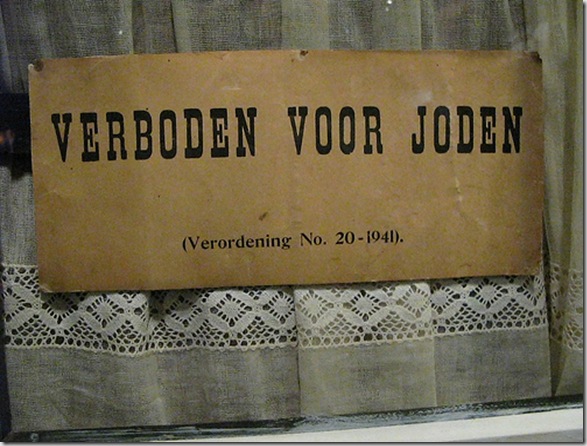


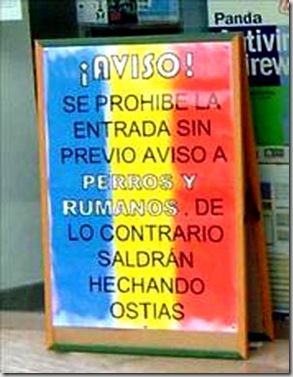
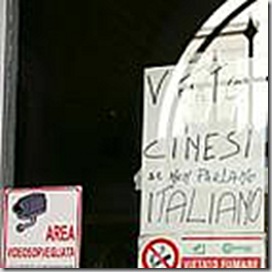

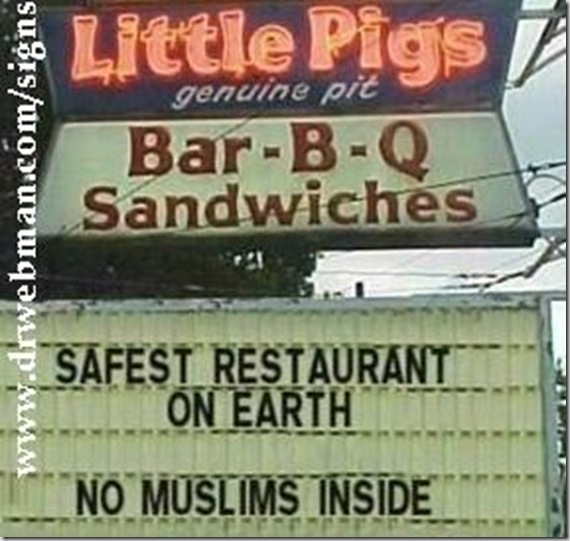


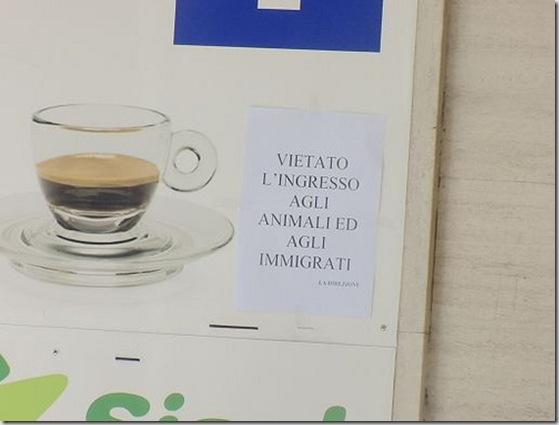
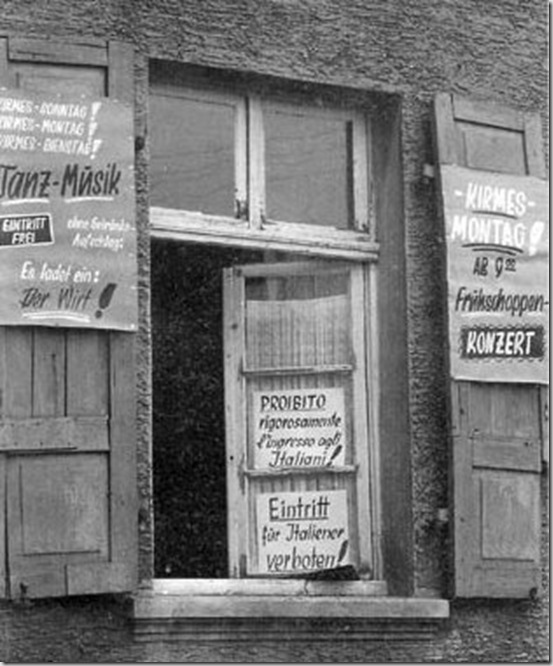
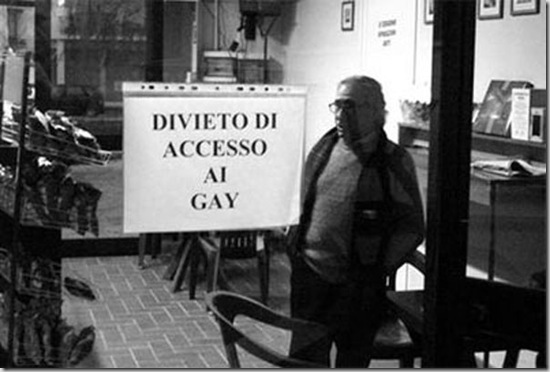
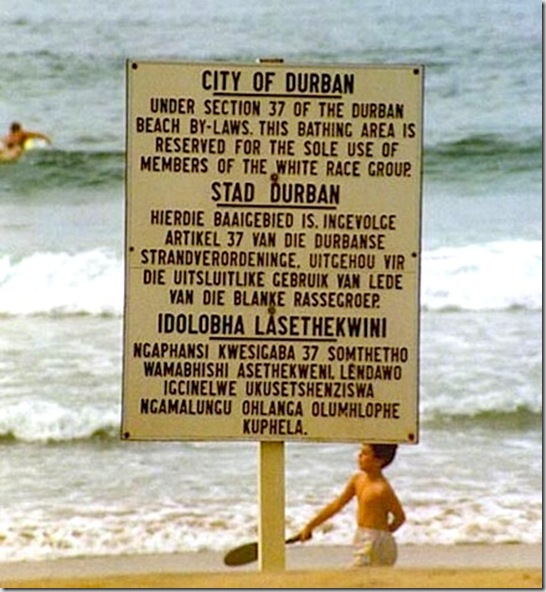
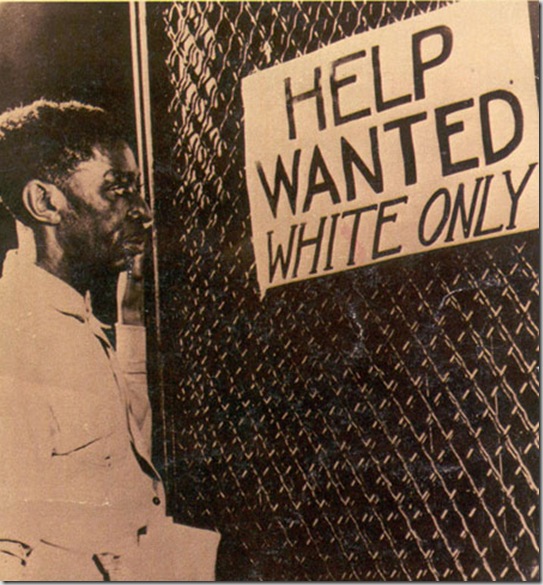


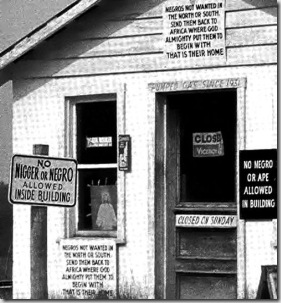
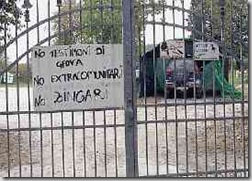
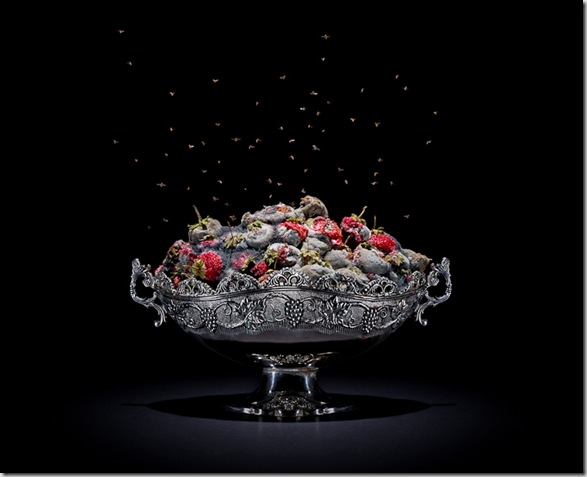



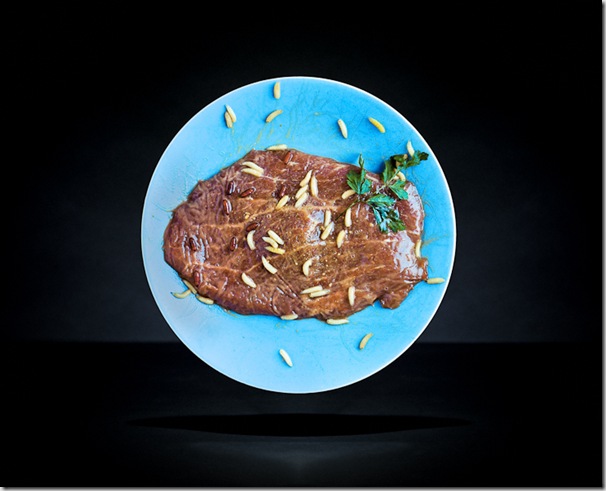



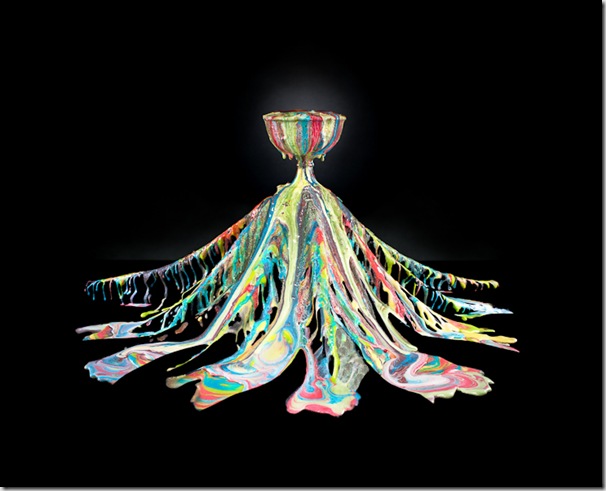
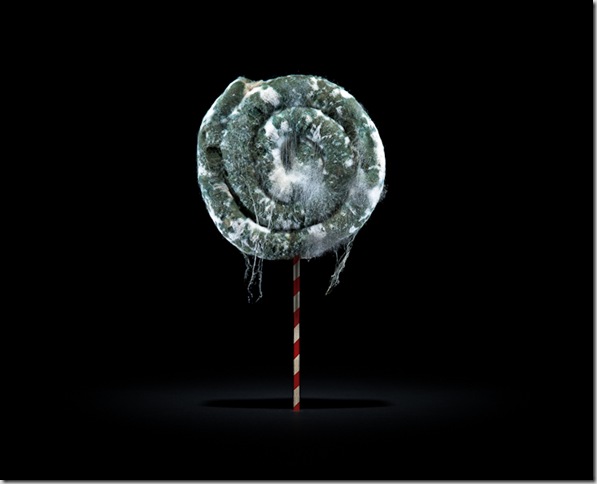


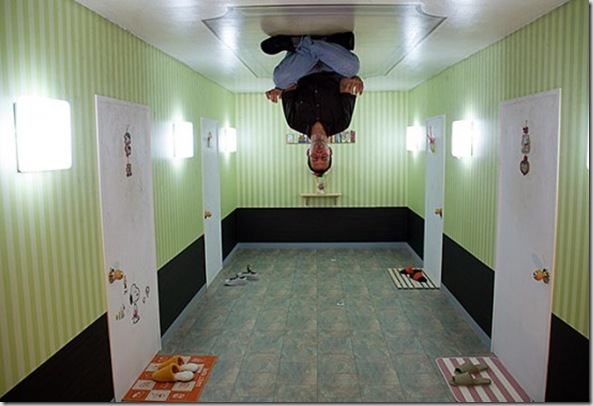

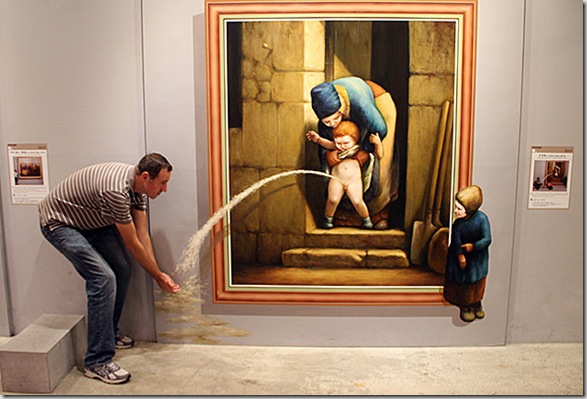
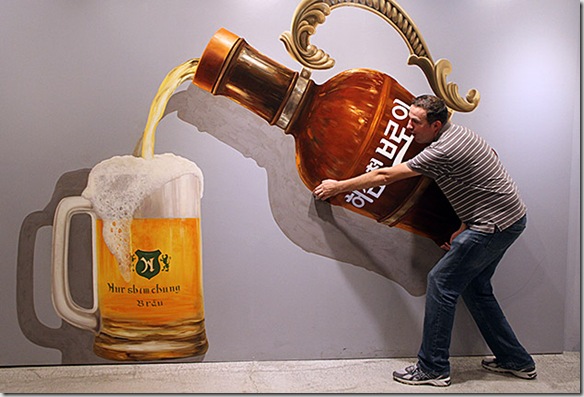


![clip_image001[4] clip_image001[4]](http://lh3.ggpht.com/-7anVU4mAvn0/T-374WA05HI/AAAAAAABPkQ/e1BzQq2ThAg/clip_image001%25255B4%25255D_thumb%25255B3%25255D.jpg?imgmax=800)